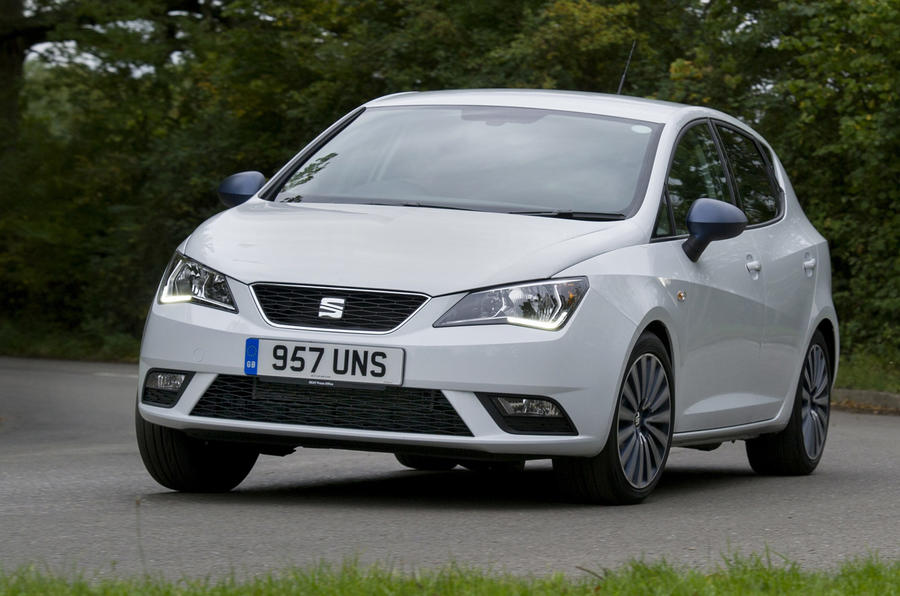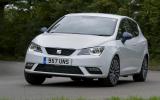What is it?
This is a revamped version of one of the most important models in the Seat range, the Seat Ibiza hatchback.
The key update for the current generation of Ibiza, which was launched in 2008, is a substantially redesigned interior. It has, in effect, adopted the look of the more recent Seat Leon, featuring a new steering wheel, smarter instrumentation and better materials throughout.
Seat has also worked to improve the Ibiza's road manners, by retuning the suspension and steering, while updates to the engine range offer increases in efficiency.
Externally, little has changed, barring the addition of LED daytime running lights. There is now a choice of six exterior colour packs, as well as new paint and alloy wheel options.
Equipment upgrades are more prominent. Buyers can now choose from a new range of upgrades, including a 6.5in sat-nav system and Seat's 'Full Link' system, which adds Apple Car Play, Android Auto and Mirror Link connectivity. Given the increasing demand for more advanced equipment, even in less costly cars, it's a sensible move.
We tested a mid-spec SE version of the Seat Ibiza, with the entry-level 1.0-litre three-cylinder petrol engine. Standard kit for the SE is comprehensive, including a DAB radio, air-con, electric heated mirrors, Bluetooth and USB connectivity, a 5.0in touchscreen media system, a trip computer and tyre pressure monitoring.





























Join the debate
Add your comment
The VW Group's Superminis
The Fabia Mk2 from 2007 was replaced by a brand new Mk3 model in 2014 after 7 years, partially using the MQB platform, yet the Ibiza from 2008 just gets a facelift in 2015 after 7 years?
price
Makes sense to move up the range a bit like others have stated. the 1.2 tsi is a very good engine (imho)
The Stig
RE: Low economy
Morning scotty5. That's the toll that stop-start driving, and repeated acceleration from 30mph to 60mph, takes on the overall economy figure. When you're up to a relaxed cruising speed the three-cylinder engine is relatively frugal but getting there at a sensible rate requires that you work it hard, which brings the consumption down. The same engine in the lighter Volkswagen Up averaged 41.8mpg during What Car?'s True MPG testing, for reference.
Sensible rate?
fuel economy